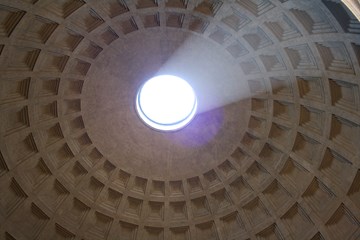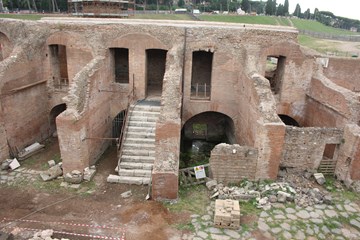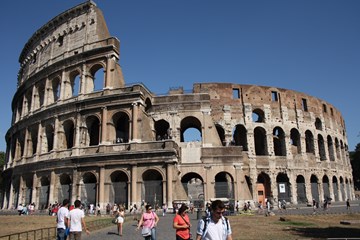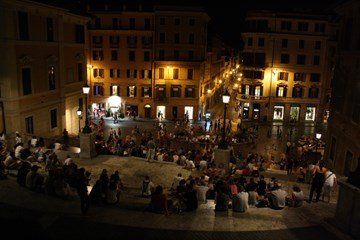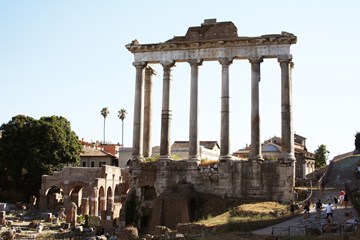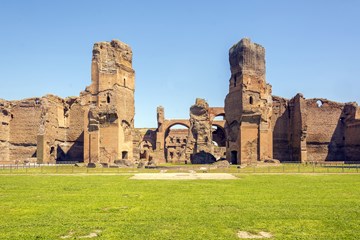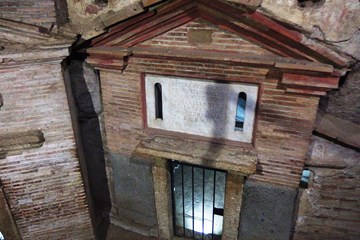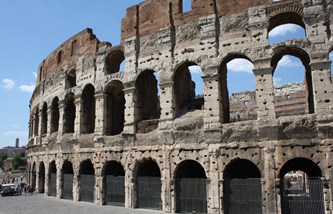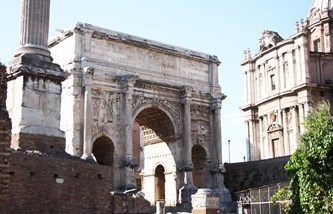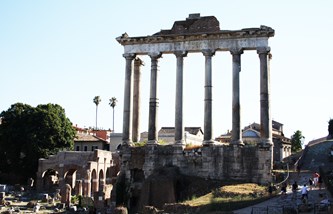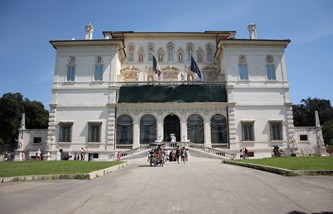Tours
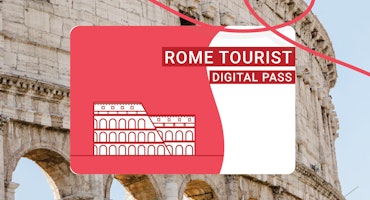
Rome Tourist Card
Rome Tourist Card
Snap up the Rome Tourist Card and you'll get everything you need to explore Rome's top highlights including Colosseum, Palatine Hill, Roman Forum and Hop on/off bus. You can even choose the order you see things in.
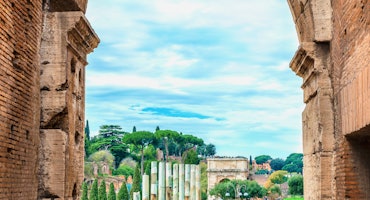
Colosseum, Roman Forum & Palatine Hill: Priority Entrance
Colosseum, Roman Forum & Palatine Hill: Priority Entrance
Skip the long lines at the Colosseum with this priority-entrance ticket. This ticket will let you bypass the crowds. And after exploring the Colosseum you can head to the area of the Roman Forum and the Palatine Hill.
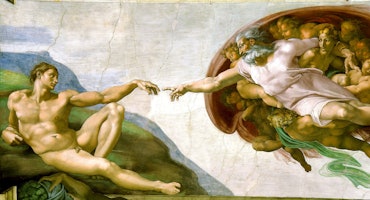
Vatican Museums & Sistine Chapel: Skip The Line
Vatican Museums & Sistine Chapel: Skip The Line
This ticket will make you save stress and time by allowing you to get priority entrance and skip the line. Visit the the countless masterpieces by Michelangelo, Raphael, Caravaggio, Tiziano and the Sistine chapel.
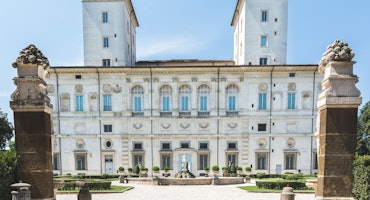
Borghese Gallery: Fast Track
Borghese Gallery: Fast Track
Galleria Borghese is located in the villa of the park Villa Borghese. Admire the architecture and furnishings of this beautiful villa. It is a museum full of art from the Renaissance. The collection includes several sculptures and paintings. Because of limited capacity get tickets for this museum weeks in advance.
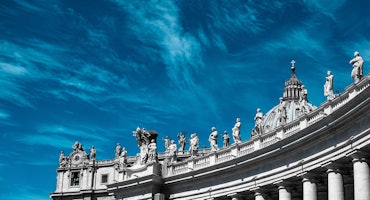
St. Peter’s Basilica: Dome Climb with Guide
St. Peter’s Basilica: Dome Climb with Guide
Get the most out of your visit to St. Peters with a guided tour to climb the basilica’s dome designed by Michelangelo and admire one of the stunning view. After the tour, you can explore the the basilica at your own pace.
Monuments in Rome
Rome has proven itself to be such a strong city, judging by its many monuments and structures that have withstood the test of time. Not all monuments in Rome are that lucky, but for a city so rich it’s such a shame for these monuments to go on living merely in history books. Hence, a lot of these places were reconstructed like the Pantheon and preserved like the Colosseum.
Pantheon
The original Pantheon was built in 27 BC. In 80 AD however, a great fire ravaged Rome which caused the destruction and decay of many buildings, including the Pantheon. Between 118 and 125 AD, the Pantheon was rebuilt under the orders of Emperor Hadrian.
In 609, the Byzantine emperor Phocas gave the building to Pope Boniface IV, who transformed the Pantheon into a Christian church and consecrated it to Sancta Maria ad Martyres, now known as Santa Maria dei Martir. Read more…
Circus Maximus
Once upon a time, the largest race course for horses with carriages was the Circus Maximus. A stage was located between the Palatine and Aventine Hills, and the Circus Maximus stood grandly for many years. The site was also used by the Sabines during celebrations that usually included horse racing and drinking.
There have been three fires in Circus Maximus in total. After the last fire, Emperor Trajan restored the Circus to its greatest splendor. Three stories high, the stands were made of stone and lined with marble. On the ground floor were betting shops and brothels Read more…
Colosseum
This amphitheater was originally used for entertainment – animals fought against animals and sometimes men are forced to fight against animals too. Aside from these bloody scenes however, there were also performances at the Colosseum by acrobats and musicians like flute players.
The Colosseum has four storeys above ground and the spectators were seated according to their prominence or social status. The ordinary onlookers and the working class had to seat at the uppermost level while the prominent people were seated near the ground level so as to have a clear view of the arena. Read more…
The Markets of Trajan
A complex of ruins located opposite to the Colosseum, on Via dei Fori Imperiali, the Markets of Trajan is a good example of the architectures from Antiquity. It is built on the Quirnal, one of the seven hills of Rome.
The Markets of Trajan was the epicenter of trade, commerce and the administrative activities of the Forum. It is where the distribution of corn or wheat dole outs was held. The highlights of the Markets of Trajan are probably the remains of its library and the marble floors. Read more…
Pyramid of Cestius
If you think pyramids can only be found in Egypt, think again. The Pyramid of Cestius may not be as big as those pyramids in Giza but it sure is just as grand. The Pyramid of Cestius is contained within in the Aurelian wall. This wall was built between 271 and 275. Since the wall was well preserved over the years, the Pyramid of Cestius was also well maintained.
The burial chamber is not open publicly. Some remains of ancient frescoes are found here. Read more…
Spanish Steps
Next to the Colosseum, the Spanish Steps is the one of the most portrayed images of Rome. Both tourists and locals love to linger around these stairs. It’s one of the best places to relax after a walking tour perhaps, while enjoying gelatos from a local side shop.
At the bottom of the staircase lies the Piazza di Spagna or Spanish Square. It is home to many designer shops, cafes, restos, hotels and inns. The stairs starts at the Piazza di Spagna and leads up to the French church, Trinità dei Monti. Although almost always full-packed, the stairs are definitely worth visiting. Read more…
Roman Forum
Despite being once a marshy valley, the Roman Forum was where everyone did their trades. It was also where everyone congregated like when there was election, a speech or a criminal trial.
The Roman Forum or Forum Romanum (Latin) or Foro Romano (Italian) is a place in rectangular form, which harbors some of the most valuable archaeological finds in this heart of Italy. It is now a residual architecture that is surrounded by a handful of ruins corresponding to particularly great epochs of the Roman Empire. Read more…
The baths of Caracalla
In Ancient Rome, private baths were quite a fad. Baths were being built everywhere and the Baths of Caracalla was the second largest thermal baths in Rome. Aside from these private baths, there were also public bathhouses which were opened to everyone – poor, rich, male, female, young and old.
Aside from being a tourist attraction, the Baths of Caracalla also showcases a backdrop and a stage for opera and ballet performances. Performances can be witnessed during the months of July and August in the open air. The Teatro dell’Opera di Roma are the organizers of the presentations. Read more…
Catacombs
In Ancient Rome, burial traditions included burying their dead underground. Roman Christians believed in burying their dead after embalming and wrapping it in white linen. The rest of the Romans, believed in cremation and keeping the ashes in an urn.
Each of the catacomb compartments were richly ornamented with Christian emblems like fish, anchor, dove and vines. Although some areas were already covered with mosses and mildews, the catacombs still look amazing.
Among the three largest Catacombs in Rome can be seen in Via Appia. Read more…
